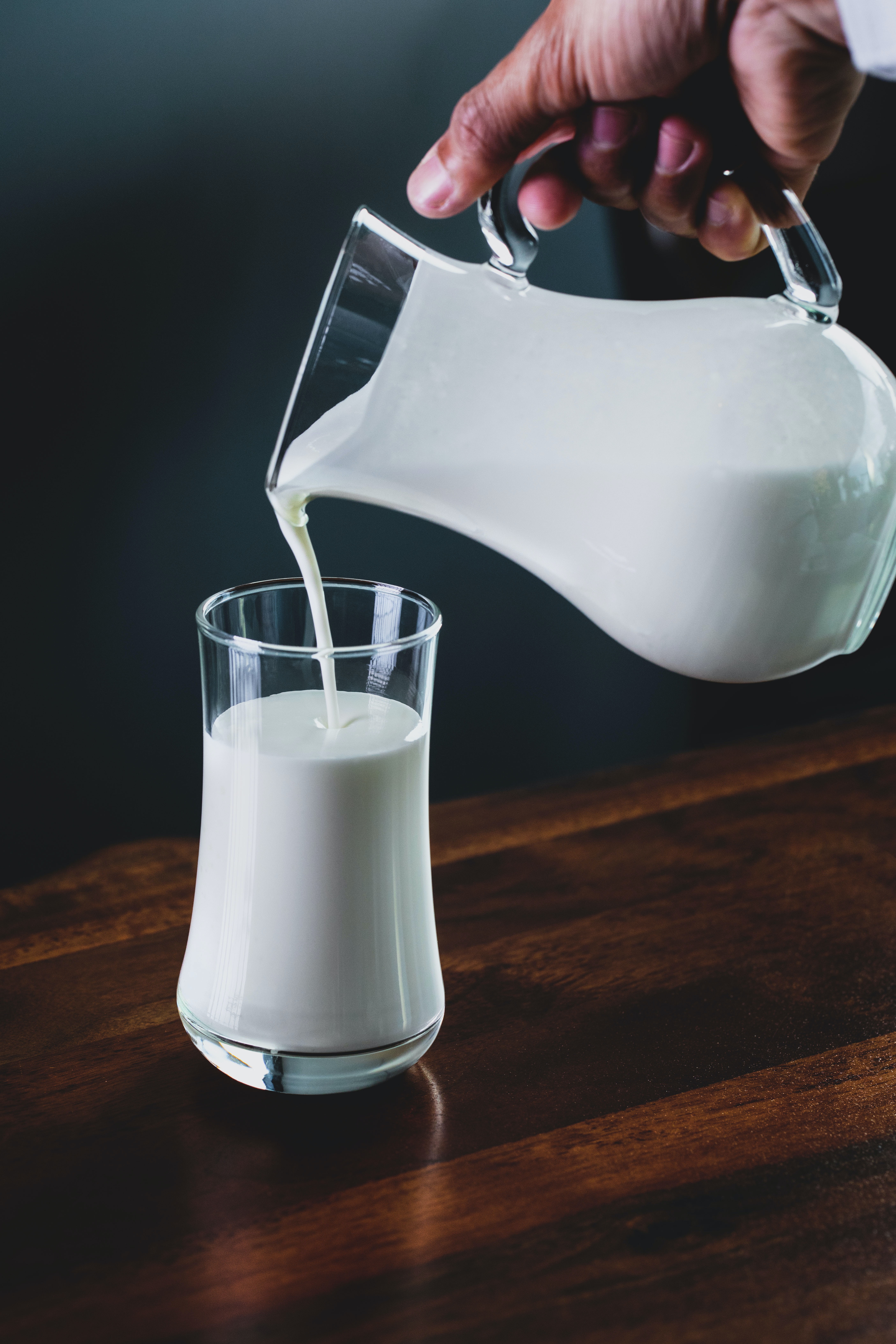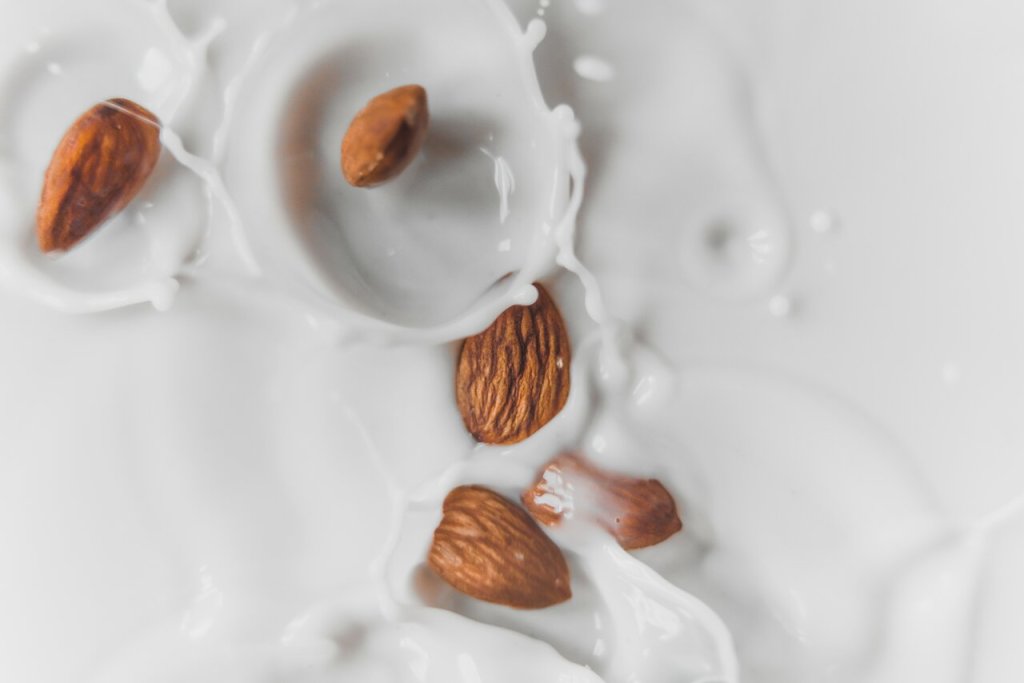The State of Alternative Milk: 4 Key Trends
With consumers facing inflationary pressures, the alternative milk beverage industry is experiencing a decline for the first time in years, dropping to $2.9 billion in total US Omni Sales this year. That’s a 4.4% decrease from last year.1 This surprising shift can be attributed to a few factors. First and foremost are the price increases felt by consumers across the total store and high living expenses. As consumer belts remain tightened, spending on non-essentials becomes more sparse. In fact, 87% of American consumers have changed how they shop in order to manage expenses.2 That being said, the increased focus on health and wellness since the COVID-19 pandemic has helped spur the demand for milk alternatives, leading to some pockets of growth even in economically challenging times.
With that in mind, here are 4 key trends shaping the alternative milk industry:
1. Health Consciousness
The pursuit of healthier lifestyles has been a major catalyst for the growth of alternative milk beverages. As more Americans focus on living healthier lifestyles, consumers are becoming more conscious of the potential health risks associated with their consumption habits. In fact, clean-label products are out-performing other products with an 8% increase in the last year.3 However, many alternative milk brands aren’t seeing the gains from this shift as they struggle to maintain their share of health-conscious consumers. Instead, many are shifting to functional beverages—those fortified with vitamins, probiotics, or other health-boosting ingredients.
Alternative milk beverages are often perceived as healthier choices. They are typically low in cholesterol and saturated fats while being rich in essential nutrients like vitamins, minerals, and antioxidants. This health-conscious approach fueled the demand for almond milk, soy milk, and oat milk. However, each of these options has suffered some lost traction in the market as consumers adapt their behaviors. In fact, oat milk is down 1.8% over last year, while almond and soy options are down 7.4% and 3.5%, respectively.1 This drop signals that alternative milk brands should be looking toward innovation and pricing changes that could help them regain their foothold and return to growth.

Mid-Year Consumer Outlook: Guide to 2025
Future-focused insights into consumer spending and growth opportunities.
2. Environmental Sustainability
One thing is clear, consumers care about sustainability, and they’re backing it up with their wallets. Sustainability has become a key driver in consumer choices, and the alternative milk industry aligns perfectly with this growing trend. Traditional dairy production is associated with considerable environmental impact, including greenhouse gas emissions and land use. In contrast, milk alternatives often require fewer resources, emit fewer greenhouse gases, and have a lower water footprint. Being transparent in this area may offer some opportunities to make headway. In fact, the proportion of shoppers affirming the importance of transparent product information from brands and manufacturers has risen steadily in the past 5 years from 69% in 2018, to 72% in 2021, to 76% in 2023.4
Consumers are increasingly seeking eco-friendly options, and the reduced environmental impact of alternative milk beverages has resonated strongly with environmentally conscious individuals, driving the industry’s growth further. And, with almost all consumers (95%) trying to take some action to live sustainably, there’s ample room for growth.5 If your brand is eco-friendly, make sure to highlight that fact in your marketing and on the packaging to get the best results.
3. Weakening Plant Power
The alternative milk industry was once synonymous with the rise of plant-based products. But, the plant protein craze that fueled year-over-year growth for plant-based milk may be over. For the first time in more than four years, plant-based milk sales declined, driving 5.2% fewer sales.6 This outpaced the overall milk category’s total decline of 2.4%.6 This drop has been driven by a range of shifting consumer behaviors, opening the door for other types of milk to gain this lost market share.
One of the biggest causes of this decline is the shift in consumer priorities. Today, US consumers are still spending 15% more than they were for the same goods in 2022.2 This is leading to declining sales across nearly every category in the store. In the alternative milk category, almond milk, oat milk, and blends lost more than $150M in sales.6 Overcoming this drop may require plant based milk brands to reconsider their pricing and promotion strategy or rationalize unproductive SKUs.
4. The Rise of Lactose Free Dairy
One of the few areas of continued growth in the alternative milk category comes in the form of Lactose Free and Lactose Sensitive milk options. While all other alternative milk options saw declines, Lactose Sensitive milk is up 2.3% and Lactose Free milk is up 12.4%.6 This is somewhat a surprise, not only because plant based was once king, but because Lactose Free Dairy Milk is 3.7% more expensive.6 This means that consumers are justifying their purchase despite the higher price.
One explanation for this shift is a growing demand among consumers for lactose sensitive products. In the past year, one in three households bought Lactose Free Dairy milk, with Dollar and Mass channels reporting double-digit dollar growth.6 Many of these sales also come from consumers switching between the alternatives. 58% of Lactose Free Dairy milk growth came from existing buys and 16% was a result of switching.6 This seems to show that consumer demand for these products isn’t likely to wane any time soon, and a revitalized economy may help spur more growth.
How to Act on Alternative Milk Trends
With alternative milk beverages on the rise, surely that means your brand will see gains too, right? Well, it’s not that simple. You need to know how to act on growing trends to meet evolving shopper needs. Start by taking a closer look at your product offerings and how they align with the trends before making any decisions.
Furthermore, alternative milk products have also expanded beyond beverages, with options for yogurts, ice creams, and even cheeses. This innovation and variety have attracted consumers looking for exciting alternatives, fostering further growth in the industry. Even better, the success of an innovative product can help brands grow as a whole. In an NIQ BASES study, the data shows that when innovation sales grow, a company is 1.8x more likely to grow overall sales versus companies whose innovation sales are stagnant or declining.7 So, an innovative alternative milk product can help grow your entire assortment.
You’ll also want to focus on ensuring consumers can find your products. For example, NIQ data shows that 26% of shoppers find it difficult to find sustainable products on the digital shelf.5 So, brands that don’t list desired sustainability attributes in product descriptions can easily get lost in the mix. Make sure to align your packaging, product listings, and marketing efforts to highlight how your products meet the new demands of the consumer.

There’s No Alternative to NIQ Data and Insights
The alternative milk market is on the rise, but if you don’t have the right data and insights, you’re leaving money on the table. NIQ offers a range of solutions and expert insights to support brands of all sizes.
Emerging brands can start their journey with a free Byzzer™ subscription, NIQ’s platform built for emerging brands and their budgets. Free access gets you 3 free reports and a weekly alert to get you started with data. Byzzer™ provides breakdowns of a wide range of attributes and markets in easy-to-digest reports.
Best of all, we’ll show you how to leverage this information for your action plan. It’s never too early to start acting on data.
Interested in more valuable insights like these?
Sources:
1 NIQ Total U.S. xAOC Latest 52 Weeks Period Ending Sept. 28, 2024
2 NIQ Consumer Outlook, 2024
3 NIQ Report – Wellness trends influencing consumers in 2024
4 Transparency Trends study by NielsenIQ and the Food Industry Association
5 NIQ Brandbank
6 NIQ Retail Measurement, US NIQ Total Store 52 wks ending June 29, 2024
7 NIQ Bases Innovation Measurement




